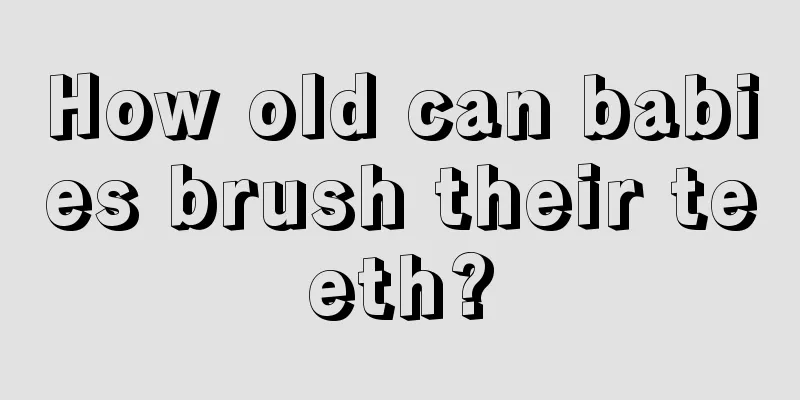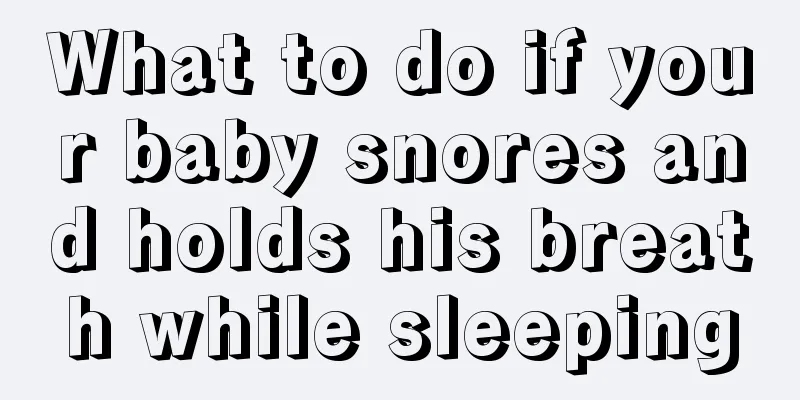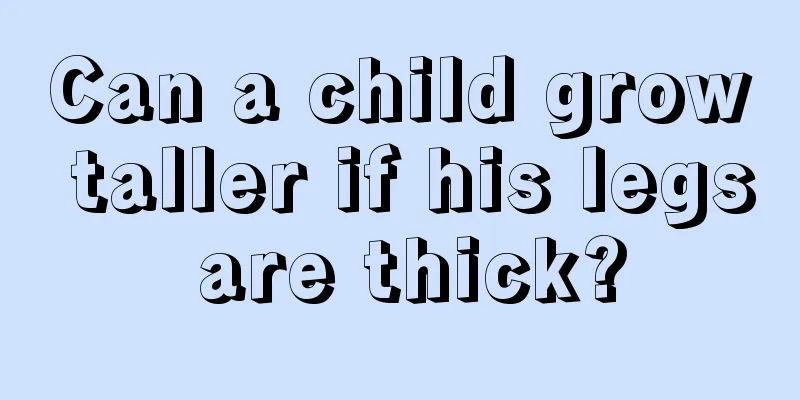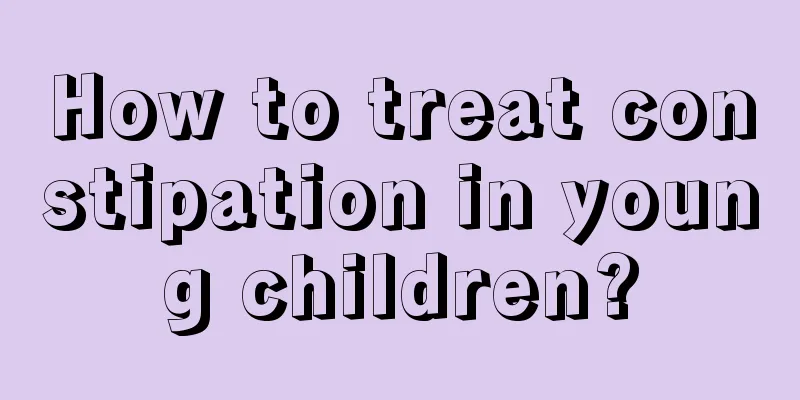Is it normal for a three month old baby to lose hair?

|
Some new mothers found that their babies started to lose hair when they were three months old, and they were very worried that their babies might have some serious illness. In fact, as long as it is not pathological, there is no need to worry about the hair loss of three-month-old babies, because babies of this age are in the physiological hair loss period, and it is easy to develop baldness on the back of the head due to calcium deficiency or due to constant friction of the head with the pillow.
1. Physiological hair loss: The baby's lanugo may fall off in the first few weeks after birth, and the hair will recover after a few months. This is a normal phenomenon. Babies can also experience hair loss due to constant friction on their heads. When a baby is sleeping, the pressure generated by the weight of the head alone can cause a large area of hair loss on the baby's back of the head. This is because the roots of a newborn's hair are not yet firmly attached to the skin, so even if the friction is not frequent, it can cause the hair to loosen and fall off. 2. Pathological hair loss: It is more common in rickets (calcium deficiency). In addition to hair loss, rickets is often accompanied by other symptoms, such as crying, waking up easily during sleep, sweating, etc. It is an early manifestation of rickets in infants. In addition, malnutrition can easily cause yellow hair and hair loss in babies. It is recommended to take your baby to the hospital for an evaluation and examination to clarify the diagnosis. However, babies grow and develop very quickly after birth, and are prone to calcium deficiency and hair loss. To prevent this, cod liver oil should be given from 15 days after birth, and calcium supplements should be started from 4 months. Parents can check their baby's trace elements to see if the baby is calcium deficient. If the baby is calcium deficient, give the baby some calcium and cod liver oil. Take the baby outdoors to bask in the sun more often to promote the baby's calcium absorption.
The phenomenon of a circle of sparse or no hair on the baby's occipital region, that is, where the head touches the pillow, is called occipital baldness. Almost every baby will have thinning hair on the back of the head and neck starting from 2 months after birth. It’s just that the degree of hair scarcity on the back of the baby’s head varies from baby to baby. In severe cases, there is almost no hair on the back of the baby’s head.
If your baby has bald spots on the back of his head and is also suffering from symptoms such as poor sleep and sweating, and is not taking calcium supplements regularly, you should consider the possibility of calcium deficiency. Another reason for baby's pillow baldness is that the baby sweats when sleeping, sometimes even sweating profusely, so the pillow will be soaked with sweat. If your baby feels uncomfortable, he or she will shake his or her head from side to side. If the baby's head rubs against the pillow frequently, the hair will become thinner. Another reason is that the pillow the baby uses is hard, which puts pressure on the hair, resulting in the baby's hair becoming thinner. . |
<<: How to educate a baby who is almost two years old
>>: What to do if your eight-month-old baby has allergies
Recommend
Why do children's lips turn purple when swimming?
Family members still need to keep track of their ...
What's going on when a child coughs, has phlegm in his throat and keeps snoring?
If your baby has phlegm in his throat, it is usua...
Treatment of carbon monoxide poisoning in children
Carbon monoxide, do you know how it is produced? ...
How to treat eczema herpeticum in children?
How to treat herpetic eczema is a question that t...
Eight-month-old baby can't sit
As the old saying goes: three turns and six sits....
Can children undergo gastroscopy?
The physical health of children is the most impor...
Did the boy swallow alkali by mistake?
In daily life, there are such cases every year. M...
What is the vision of a newborn baby?
Myopia is easily inherited, especially parents wi...
Reasons why babies always have fever
The baby's body is more delicate, especially ...
There are some tips for children who don’t like to drink water
Water is the source of life, which is enough to s...
The hazards of facial hemangioma in children
Pediatric hemangioma is a benign tumor that forms...
What to do if a 12-year-old girl has underdeveloped breasts
Twelve-year-old girls are in the early stages of ...
How can we improve children’s unclear speech?
Generally speaking, it is normal for children to ...
Treatment of baby's red bottom
We have seen many babies with red buttocks. Most ...
Is it good for children to eat monk fruit when they have a cough?
Children are a special group. Because their resis...









